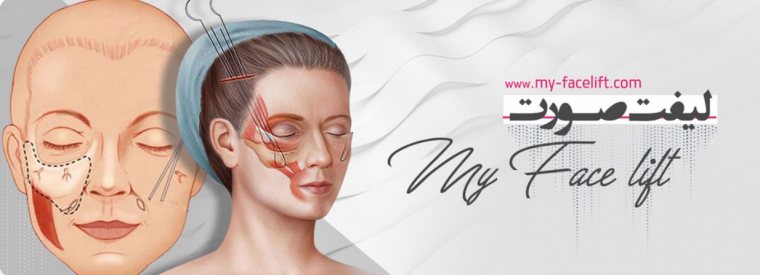Introduction:
Aging gracefully is a desire shared by many, and for some individuals over the age of 40, considering a facelift may become a part of that journey. As technology and techniques in cosmetic surgery continue to advance, the options for facial rejuvenation have expanded, making it crucial for individuals to understand the process comprehensively before making any decisions. In this article, we will cover everything you need to know before considering a facelift, from understanding the procedure to post-operative care. Facelift with My Facelift
Who is a Candidate?
Candidates for a facelift are typically individuals over the age of 40 who are bothered by sagging skin, deep wrinkles, or loss of facial volume. Good candidates should be in overall good health, have realistic expectations about the outcome, and understand the risks associated with surgery. During the consultation, your surgeon will evaluate your medical history, assess your facial anatomy, and discuss your aesthetic goals to determine if you are a suitable candidate for the procedure.
Preparing for Surgery:
Before undergoing a facelift, you will need to undergo a thorough pre-operative evaluation, which may include blood tests, imaging studies, and medical clearance from your primary care physician. It's essential to follow your surgeon's pre-operative instructions, which may include avoiding certain medications, quitting smoking, and maintaining a healthy lifestyle to optimize healing and reduce the risk of complications.
The Surgical Procedure:
On the day of surgery, you will be placed under anesthesia to ensure comfort throughout the procedure. Your surgeon will make incisions discreetly placed along the natural contours of your face to minimize visible scarring. They will then lift and reposition the underlying tissues, remove excess skin, and close the incisions meticulously. The duration of the surgery may vary depending on the extent of correction needed.
Introduction:
Aging gracefully is a desire shared by many, and for some individuals over the age of 40, considering a facelift may become a part of that journey. As technology and techniques in cosmetic surgery continue to advance, the options for facial rejuvenation have expanded, making it crucial for individuals to understand the process comprehensively before making any decisions. In this article, we will cover everything you need to know before considering a facelift, from understanding the procedure to post-operative care. Facelift with My Facelift
Who is a Candidate?
Candidates for a facelift are typically individuals over the age of 40 who are bothered by sagging skin, deep wrinkles, or loss of facial volume. Good candidates should be in overall good health, have realistic expectations about the outcome, and understand the risks associated with surgery. During the consultation, your surgeon will evaluate your medical history, assess your facial anatomy, and discuss your aesthetic goals to determine if you are a suitable candidate for the procedure.
Preparing for Surgery:
Before undergoing a facelift, you will need to undergo a thorough pre-operative evaluation, which may include blood tests, imaging studies, and medical clearance from your primary care physician. It's essential to follow your surgeon's pre-operative instructions, which may include avoiding certain medications, quitting smoking, and maintaining a healthy lifestyle to optimize healing and reduce the risk of complications.
The Surgical Procedure:
On the day of surgery, you will be placed under anesthesia to ensure comfort throughout the procedure. Your surgeon will make incisions discreetly placed along the natural contours of your face to minimize visible scarring. They will then lift and reposition the underlying tissues, remove excess skin, and close the incisions meticulously. The duration of the surgery may vary depending on the extent of correction needed.
0 Comments
0 Shares

 Change Language
Change Language